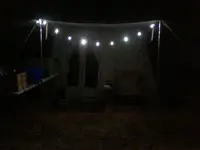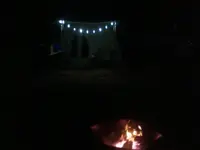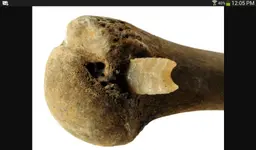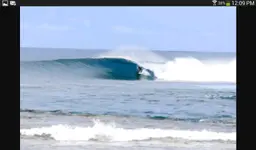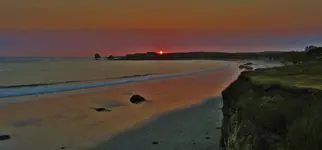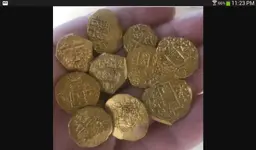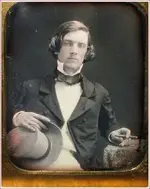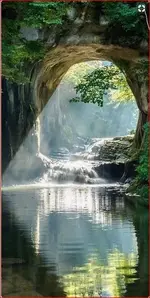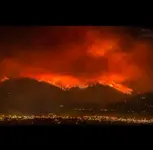TheCannonballGuy
Gold Member
- Joined
- Feb 24, 2006
- Messages
- 6,606
- Reaction score
- 13,450
- Golden Thread
- 0
- Location
- Occupied CSA (Richmond VA)
- Detector(s) used
- White's 6000, Nautilus DMC-1, Minelab
- Primary Interest:
- Relic Hunting
Civil war photo of members of the 4th New York Heavy Artillery regiment serving what appears to be an 8-inch caliber Howitzer. What is unusual about this photo is that it shows all three types of ammunition fired by a civil war Howitzer... an explosive shell (the fuze hole is visible on it), and on the ground is a Stand of Grapeshot (anti-ship ammunition) with the thick wooden disc "sabot" attached to its base, and Canister (antipersonnel ammunition) also with the thick wooden disc sabot on its base. At that time in artillery history, Howitzers did not fire Solid-Shot ammunition. Location of the photo was not given when I found it on the 'Net.




